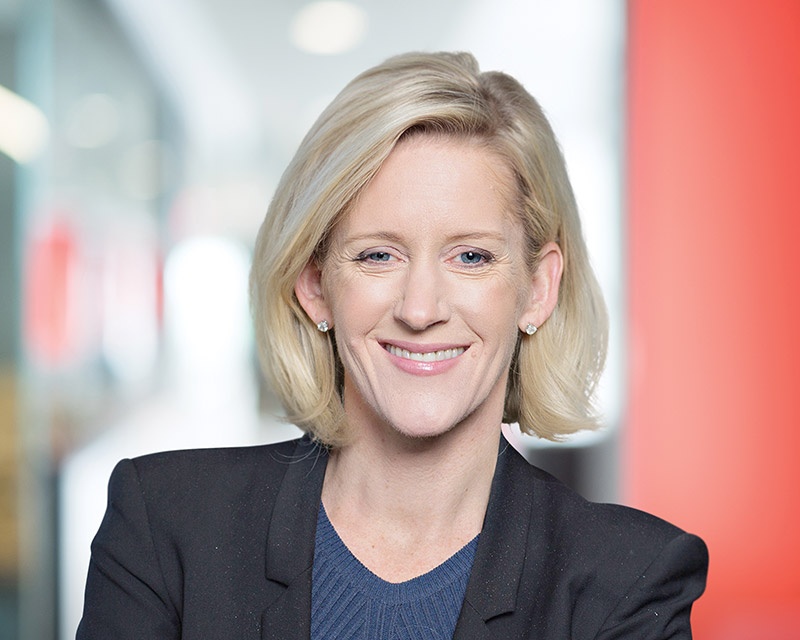Innovations to overcome inflation
 |
| Darci Darnell-Global head of Customer Practice Bain & Company |
Everywhere there is evidence of “shrinkflation,” the practice of getting less for the same price. Sit down at a restaurant and order using the QR code so the harried waiter can cover twice the number of tables. Buying a new car? Chip shortages and supply chain bottlenecks mean you had better be flexible on colour.
Even Amazon, a company with an avowed desire to always put the customer first and a pretty strong track record of doing so, decided that Prime subscriptions would no longer include free Whole Foods delivery. Prime members still pay $139 a year, but now they also have to pay $9.95 any time they want something from Whole Foods at their doorstep.
As the New York Times explained in a recent column on so-called “shadow inflation”, this type of inflation is simply not captured in typical government data.
In much of Asia, inflation seems to be under control, largely due to steadier food prices, according to a recent article in The Economist. But even here, shrinkflation is a real thing. In Singapore and Japan, standard sizes of common products like chocolate, soda, and chips are growing steadily smaller.
Businesses face large challenges right now, from labour shortages to supply chain disruptions, but giving customers less for their money is the opposite of customer love. Leaders can make the best of a tough situation by doubling down on innovation and transparency.
One of the chapters in the book I recently wrote with Fred Reichheld and Maureen Burns, Winning on Purpose, is called “Be Remarkable: Not Merely Satisfactory.” Examples include former Discover CEO David Nelms’ customer-centric decision to risk $200 million of credit card issuers’ late-fee revenues by sending customers an email alert the day before the fee would be levied.
Or consider the opportunities that mobility, delivery, and financial app Grab created for drivers during the pandemic by granting them access to customers. Many small- and medium-sized enterprises report that their sales would have declined at the height of the pandemic if not for food delivery platforms, which also ensure they get real-time customer feedback after each order.
Companies with a strong Net Promoter Score regularly achieve the remarkable, but it takes effort. They work in systematic and ever-changing ways. Virtual medical insurance company Bowtie, launched in 2019, has scored strong reviews from customers by focusing on simple, easily understood products and offering helpful, empathetic guidance. The company has a dedicated concierge team focused on the buying experience, not on sales, and, as a new entrant, has built trust by having a physical presence. On the second floor above its café, Bow Coffee, is an in-person customer service centre.
We need some surprises to wow us and inspire us to talk about an experience with friends and colleagues. Innovators are finding new ways to create that kind of enthusiasm by engaging customers and giving them a sense of fun. Apps like Strava and Duolingo employ gamification to make exercise and language study competitive, challenging, and more enjoyable.
Bowtie’s decision to use pink in its logo and name itself after something you don for a special moment in your life shows a sense of fun but also that they offer something different from traditional competitors. “We wanted to create a brand that could really touch people while being playful and innovative,” said co-founder and CEO Fred Ngan.
Innovations like these are important, but so is transparency. If you have to raise prices, be clear about why. Take the time to walk customers through the math. If labour costs have doubled, let them know that. You may find customers appreciate that you are taking care of your employees. And for those who just cannot afford the higher price, tiered pricing can help. For a service provider like a gym or a cleaning service, that might mean adding a lower-priced plan for people who use the service less frequently.
No one wants to pay more, but inflation does not have to make your company any less remarkable.
What the stars mean:
★ Poor ★ ★ Promising ★★★ Good ★★★★ Very good ★★★★★ Exceptional
 Tag:
Tag:
Related Contents
Latest News
More News
- Main drivers for Vietnam’s digital economy future (December 03, 2025 | 11:35)
- Pivotal stage of growth paves way for rise in M&As (December 03, 2025 | 10:00)
- Positive projections for M&A interest from Thailand (December 03, 2025 | 09:40)
- Manifesting the first line of defence in cybersecurity (December 03, 2025 | 09:00)
- The transformational role AI can play in accounting arena (December 03, 2025 | 08:00)
- Unlocking 5G-AI potential in Singapore (December 03, 2025 | 08:00)
- Data-driven strategies vital for a fast-evolving nation (December 02, 2025 | 09:41)
- Policy to practice: how Vietnam can lead the region (November 26, 2025 | 16:03)
- Mobilising private capital at scale vital for climate battle (November 26, 2025 | 15:36)
- VILAF and Yoon & Yang launch Vietnam - Korea Practice Unit (November 26, 2025 | 15:16)























 Mobile Version
Mobile Version